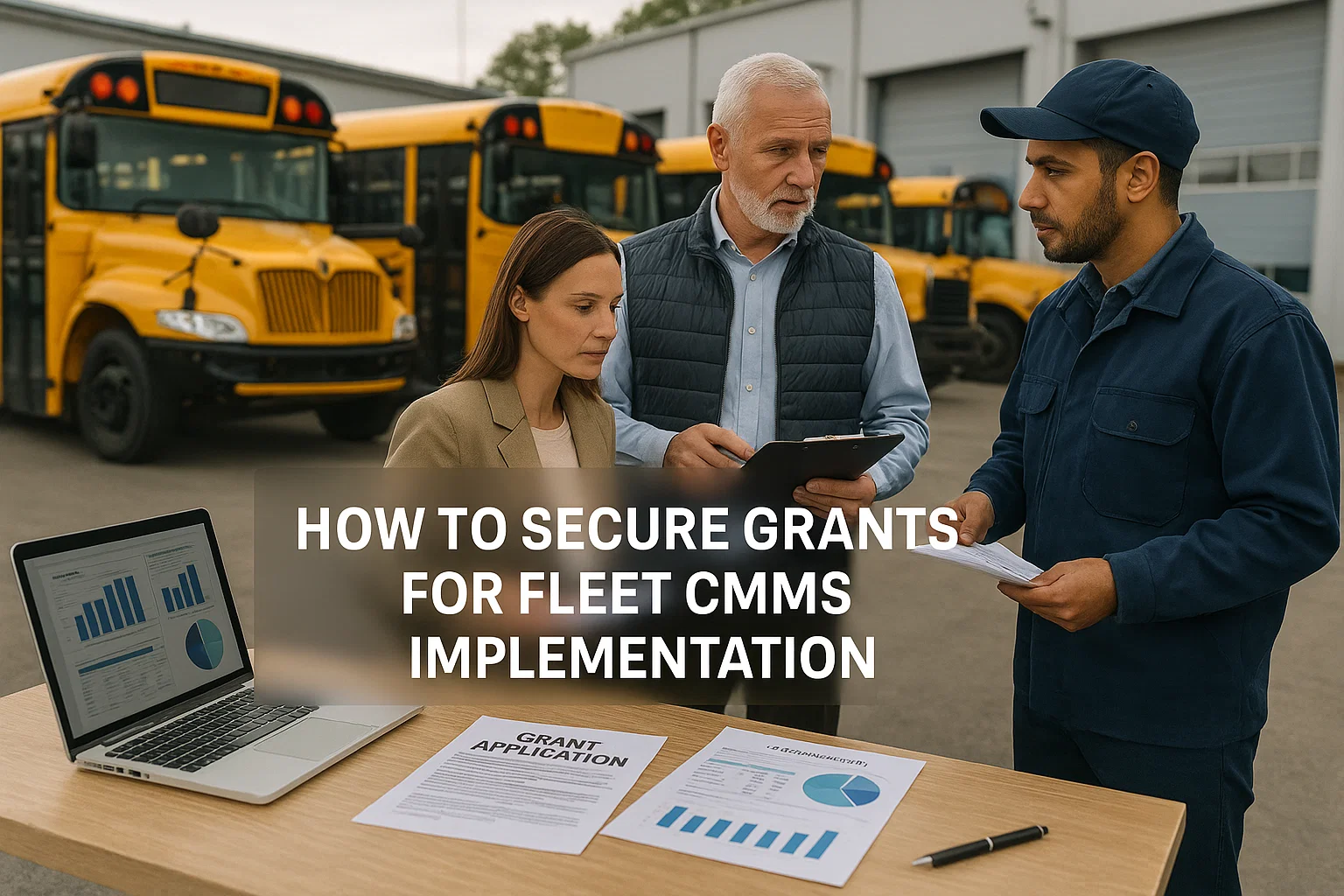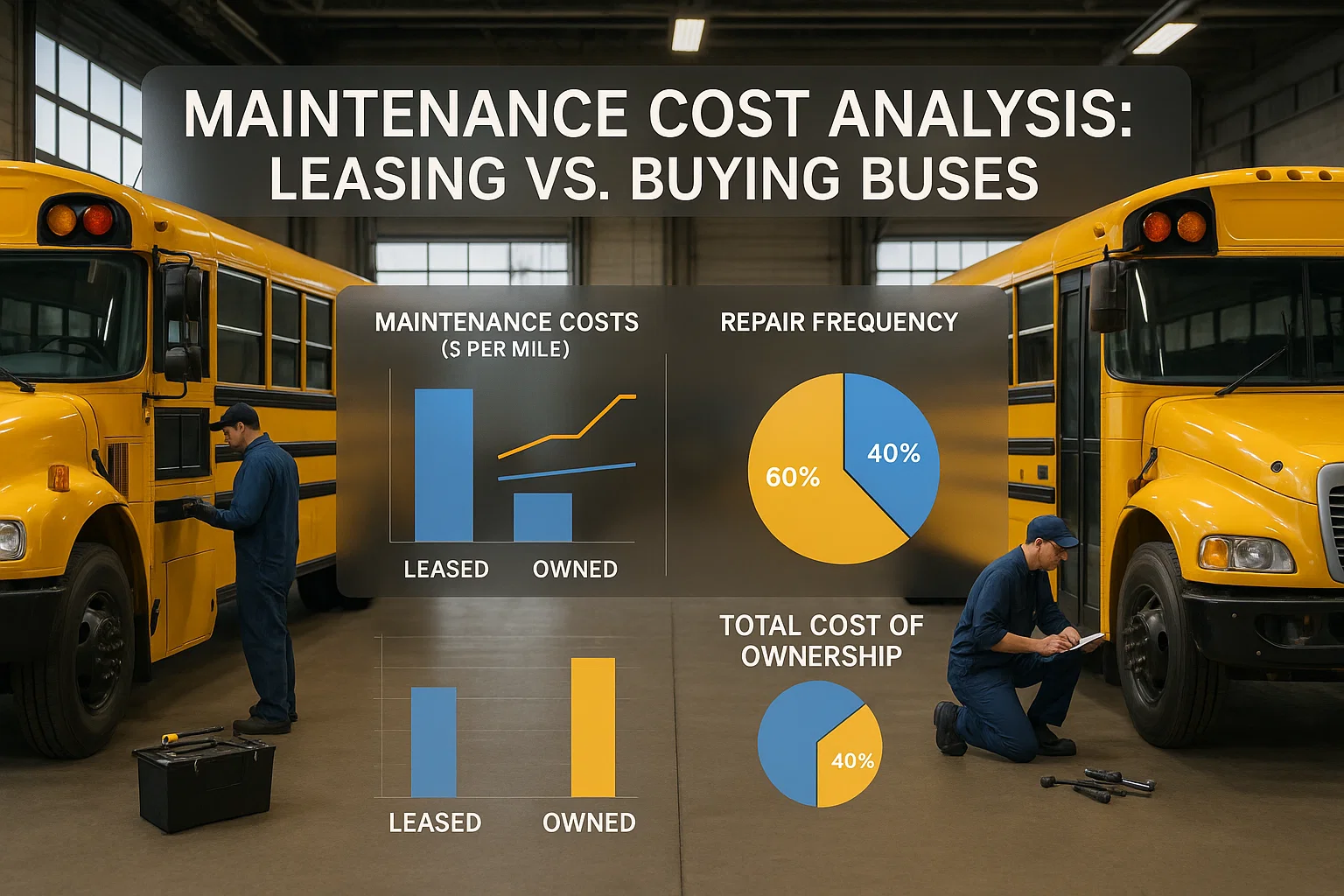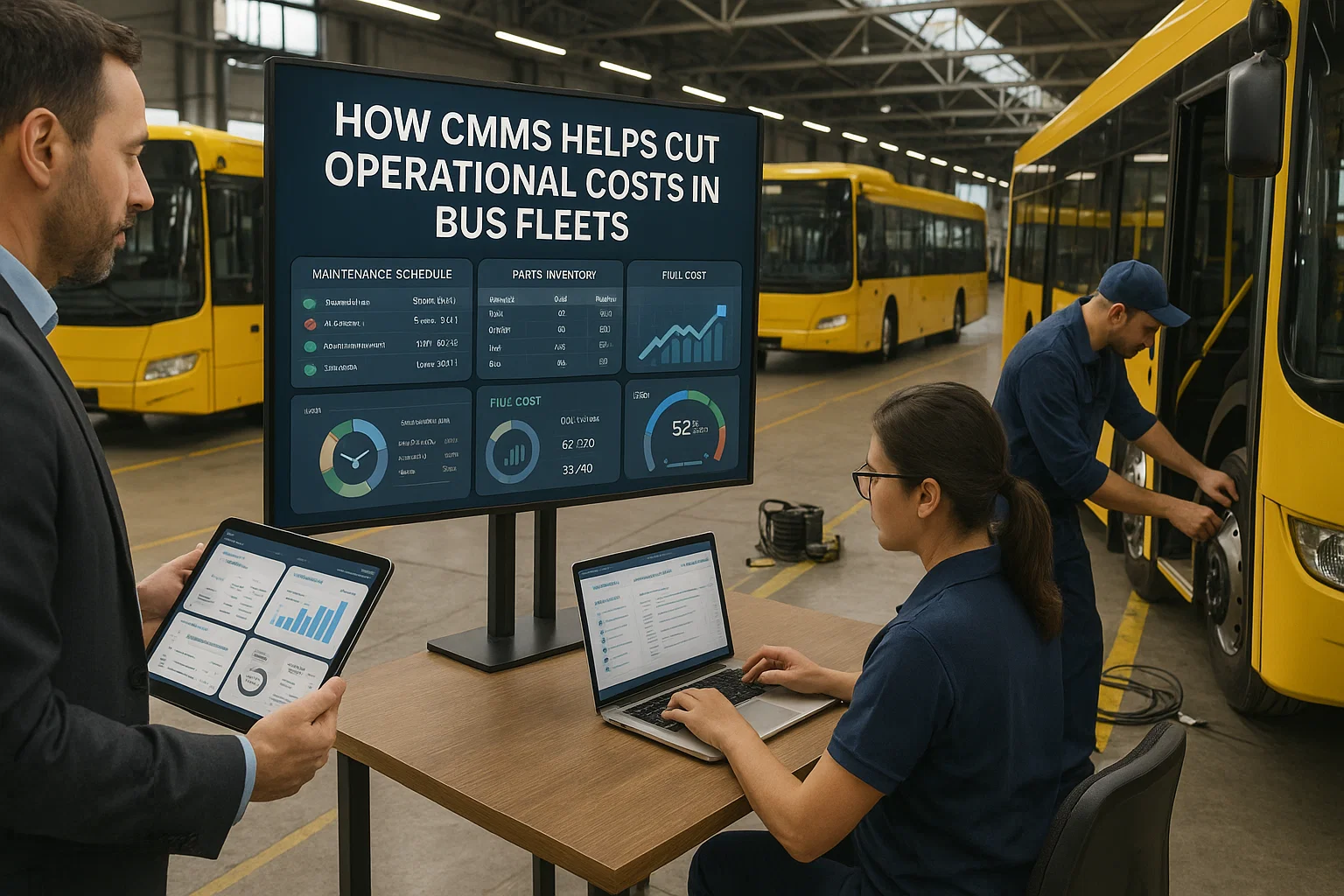Department of Transportation (DOT) audits represent critical compliance checkpoints that can significantly impact bus fleet operations across the United States. Proper documentation of vehicle inspections serves as the foundation for successful audit outcomes and demonstrates a fleet's commitment to safety and regulatory adherence.
Modern bus fleet operators face increasingly stringent documentation requirements that demand systematic approaches to record-keeping, inspection protocols, and compliance tracking. The complexity of federal and state regulations requires sophisticated management systems that can maintain accurate, accessible, and audit-ready documentation.
Fleet operators utilizing Bus CMMS (Computerized Maintenance Management Systems) report up to 90% improvement in audit preparation efficiency and 75% reduction in compliance-related violations. This technology-driven approach transforms manual documentation processes into streamlined, verifiable inspection records that meet DOT requirements.
Strategy #1: Understanding DOT Documentation Requirements
Critical Documentation Components for DOT Audits
- Pre-Trip Inspection Reports: Daily vehicle safety checks with driver signatures and timestamp verification
- Post-Trip Inspection Records: End-of-service documentation identifying any defects or mechanical issues
- Periodic Inspection Certificates: Annual or bi-annual comprehensive vehicle examinations by qualified inspectors
- Maintenance Work Orders: Detailed records of all repairs, parts replacements, and preventive maintenance activities
Implementing comprehensive documentation standards through Bus CMMS platforms ensures that all required inspection records are properly formatted, easily retrievable, and compliant with federal regulations. Advanced digital systems provide audit trails that demonstrate continuous compliance monitoring and corrective action implementation.
Strategy #2: Establishing Systematic Inspection Protocols
Effective DOT audit preparation requires standardized inspection procedures that consistently generate compliant documentation. Modern Bus CMMS systems provide customizable inspection checklists that align with DOT requirements while accommodating fleet-specific operational needs.
Essential Inspection Documentation Elements
Driver Daily Inspections
Standardized pre-trip and post-trip inspection forms with mandatory completion requirements and electronic signatures
Qualified Inspector Certifications
Comprehensive periodic inspections performed by certified mechanics with detailed component assessments and compliance verification
Defect Identification and Resolution
Systematic tracking of identified defects, corrective actions taken, and verification of repairs before return to service
Strategy #3: Digital Documentation Management
Transitioning from paper-based systems to digital documentation through advanced Bus CMMS platforms significantly improves audit readiness and reduces compliance risks. Electronic records provide superior organization, searchability, and data integrity compared to traditional manual systems.
Digital Documentation Advantages
- Automated Timestamp Recording: Precise date and time stamps for all inspection activities and maintenance events
- Electronic Signature Capture: Secure digital signatures from drivers, inspectors, and maintenance personnel
- Photo and Video Integration: Visual documentation of defects, repairs, and vehicle conditions
- Real-Time Data Synchronization: Immediate availability of inspection records across multiple locations and devices
Strategy #4: Audit Trail Creation and Maintenance
Successful DOT audits depend on comprehensive audit trails that demonstrate continuous compliance monitoring and corrective action implementation. Modern Bus CMMS systems automatically generate detailed audit trails that track all system interactions, data modifications, and compliance activities.
Audit Trail Essential Components
Effective audit trails include user identification, timestamp documentation, action descriptions, and data change tracking. These elements provide DOT auditors with clear evidence of fleet operators' commitment to safety and regulatory compliance.
Integration with fleet management systems through Bus CMMS platforms ensures that all inspection activities are automatically logged and cross-referenced with vehicle utilization data, maintenance schedules, and driver assignments. This comprehensive approach reduces audit preparation time by up to 60%.
Strategy #5: Training and Certification Management
Proper documentation extends beyond vehicle inspections to include personnel qualifications and training records. DOT audits frequently examine inspector certifications, driver training documentation, and ongoing education programs.
Personnel Documentation Requirements
Inspector Certification Tracking
Comprehensive records of inspector qualifications, certification expiration dates, and continuing education requirements
Driver Training Documentation
Complete training records including initial certification, ongoing education, and safety program participation
CMMS System Training
Documentation of personnel training on Bus CMMS system usage and inspection protocol adherence
Implementation Best Practices for DOT Audit Success
Documentation Excellence Guidelines
- Consistency in Record Keeping: Standardized documentation formats and completion requirements across all fleet operations
- Regular System Backups: Automated data backup procedures ensuring documentation preservation and availability
- Performance Monitoring: Continuous assessment of documentation quality through Bus CMMS reporting capabilities
- Proactive Audit Preparation: Regular internal audits and compliance reviews to identify and address potential documentation gaps
Compliance Cost-Benefit Analysis
Implementing comprehensive documentation strategies through Bus CMMS systems delivers significant returns on investment through reduced violation penalties, improved operational efficiency, and enhanced safety performance.
Financial and Operational Benefits
Proper documentation reduces DOT violation penalties by an average of 85%, decreases audit preparation costs by 70%, and improves overall fleet safety ratings. Fleet operators report average cost savings of $50,000-$150,000 annually through improved compliance management and reduced regulatory risks.
Conclusion
Successful DOT audit preparation requires systematic documentation approaches that leverage modern technology, standardized procedures, and comprehensive training programs. The integration of advanced Bus CMMS platforms with these documentation strategies creates a foundation for sustained compliance and operational excellence.
Fleet operators who prioritize proper documentation practices position themselves for audit success while building robust safety management systems that protect passengers, drivers, and business operations. Investment in comprehensive documentation systems demonstrates professional fleet management and regulatory commitment.
Ready to Achieve DOT Audit Excellence?
Discover how Bus CMMS can streamline your inspection documentation processes and ensure DOT audit success for your fleet operations.








